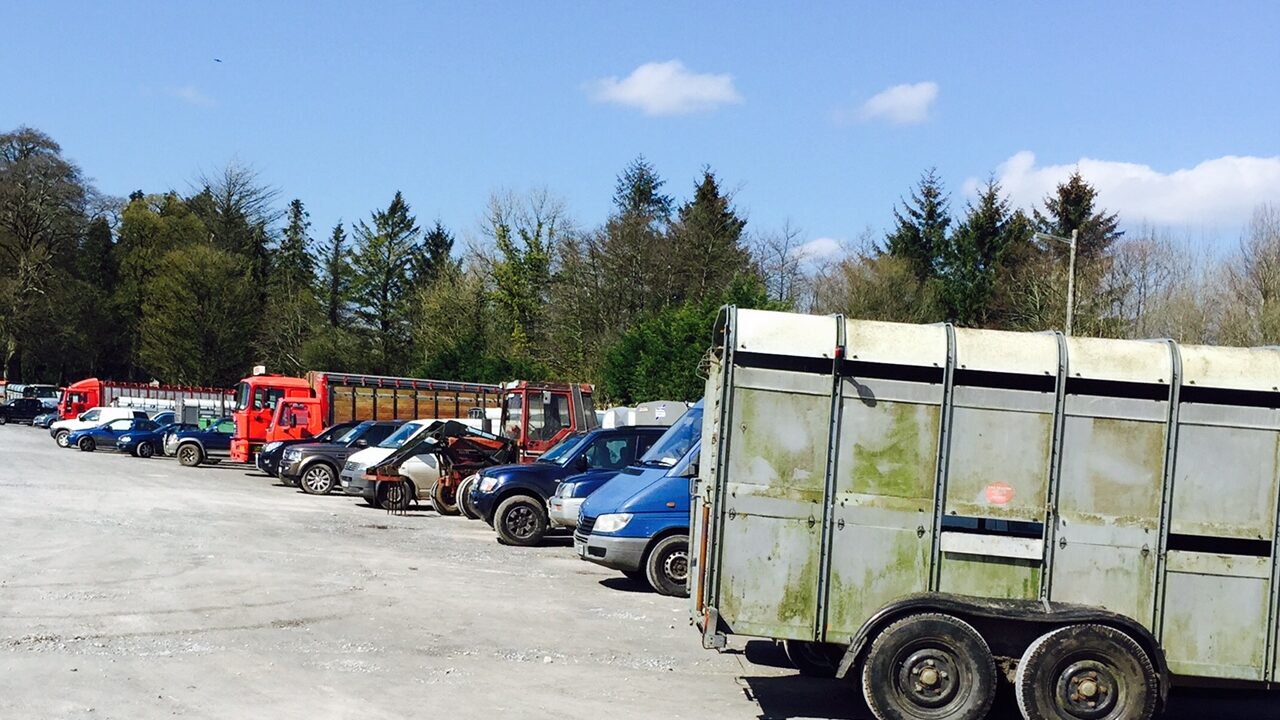Autumn sales will take place, but how they proceed will depend on physical distancing requirements, the Institute of Auctioneers and Appraisers in Scotland (IAAS) said as it set out its ‘roadmap’ to large sales.
“Autumn sales will go ahead and we are working hard with national and local governments to develop a roadmap towards this,” said Neil Wilson, executive director of IAAS. “We are also working to ensure that sales of the islands’ livestock can still go ahead.
The main limiting factor in marts is the 2m distancing requirement. But as a critical infrastructure sector, we are working with authorities to see if we can reduce this to 1m, which would allow a limited number of sellers into marts and increase the number of buyers around the ring.
“Alongside, and in addition to these measures, we are investigating how we can build on technology already deployed to enable buying and selling to continue remotely.
“To keep everyone safe and ensure the continuation of marts and the livelihoods that depend on them, we have put in place stringent safety measures for farmers attending sales, and are continuing to deploy technology to help those at home.”
What will autumn sales be like?
Autumn sales will have many of the restrictions and safety measures currently in place at marts since the lockdown.
As well as trying to reduce the physical distancing requirements to 1m, which would allow in some sellers and more buyers, IAAS is working with marts to deploy further technology to help sales.
This may include more online catalogue sales, where buyers could view pictures and videos about each beast with relevant information such as its date of birth and breeding ahead of the sale, then make an offer online, or bid during the sale via a live bidding platform.
Marts with two rings might use these to allow more buyers onto the premises: Ring two could be linked to ring one via a large screen showing the sale taking place. Buyers in the second ring would be able to bid to an auctioneer in their ring, who would then communicate to the auctioneer in the main ring.
“We’re also talking to a technology company about app development,” said Wilson. “Building on an existing app already used in other sectors to keep people safe, the app might electronically sign farmers in and out at marts, send alert reminders to wash hands, and ask people to move out of crowded areas.”
What will happen to island sales?
Wilson said the association was working hard with island marts, local authorities, the Scottish government, and island health protection boards to address the additional logistical and health and safety challenges of hosting island sales.
“There is strong will on all sides to ensure these sales go ahead, but there are significant hurdles to overcome,” he said.
Central, is the risk of transporting Covid-19 to island communities, which are isolated and have limited resources to cope with an outbreak.
“Secondly, the limited ferry services may have to run at a reduced capacity to ensure onboard distancing. Tourism is obviously important to many of the islands, but it would be disappointing if a critical infrastructure sector such as ours had to compete for ferry use.
“Each island though will have different needs and priorities, and it will be important for us to listen and work with its communities,” said Wilson.
Wilson added that if an island sale can’t go ahead, mainland marts will try as hard as they can to sell their stock.
“This might mean transporting beasts to mainland sales, so we are looking at the associated logistical challenges and safety challenges,” he said.

